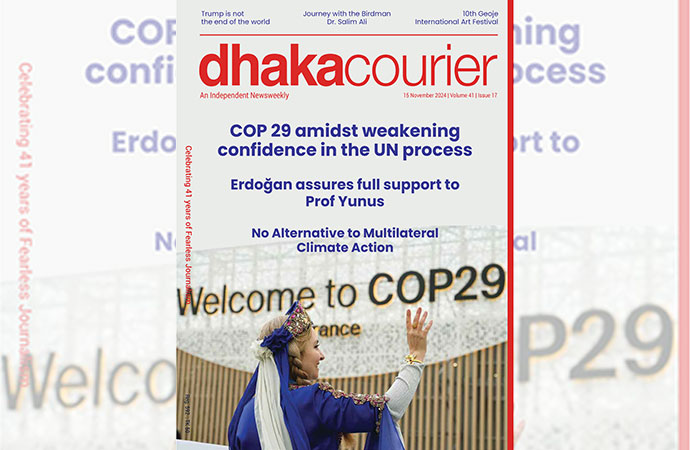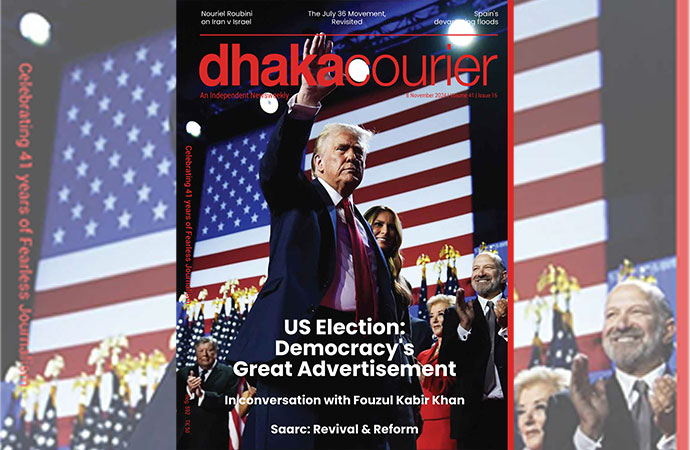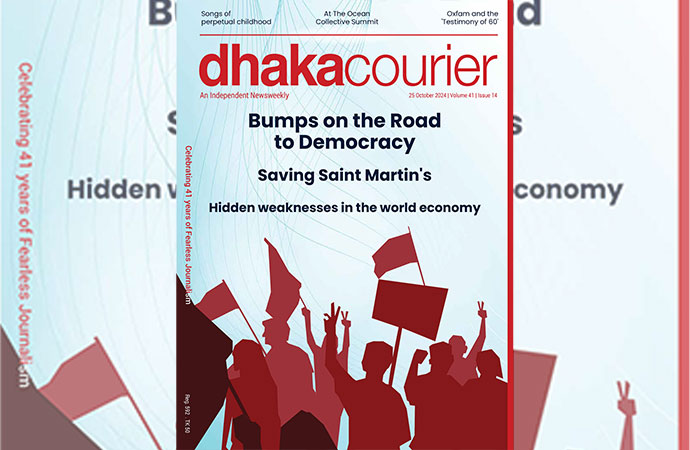Business


Image's: freepik
Romania is an attractive business destination, that can offer a competitive return on Investment. These are some of the competitive advantages of Romania that can place it ahead of many others in attracting foreign investment.
Market and Location Advantage
Romania is the 7th largest market in the European Union and the largest in South-East Europe; RO is strategically positioned at the cross-roads of the traditional commercial and energy routes between the EU-27, Asia and the CIS countries.
RO holds 1/3 of the Danube river, 200 km sea shore, as well as the biggest and deepest port at the Black Sea - Constanta;
Romania offers those aiming development and growth expansion access to one of the largest single markets in the world - 500 million people, with great potential. The entrepreneurs who choose Romania for investment development, can benefit from all the advantages deriving from the European investment status.
Economic Advantage
Following a 3.7% decrease in 2020, the Romanian economy has returned to a positive trend starting with 2021.
The National Strategy and Forecast Commission anticipated a year-on-year increase of 6.2% of the GDP in 2021, 4.3% in 2022 and 5.1% in 2023 according to the Winter Forecast 2022.
In 2020 the COVID-19 pandemic impacted the national economy, including inward foreign capital flows. The FDI amounted EUR 3,005 million, down by 41.9% compared to 2019, when EUR 5,173 million were registered (According to the NBR Report - "Foreign direct investments in Romania in 2020").
In 2021 Romania's foreign direct investment began to soar together with the economic recovery. Thus, in 2021, the estimated inward FDI registered 7,280 million euros, up by 142.3%, as against 2020. FDI stock at 31st Dec. 2021 was EUR 96,336.35 million. Foreign direct investment rose by 21.47% in the first half of the year 2022 to 4.379 billion euros, compared to 3.605 billion euros in the same period in 2021;
Romania's annual inflation rate slowed to 15.32% in October 2022, from 15.88% a month earlier and slightly below market expectation of 15.4%. Costs for non-food products slowed (14.37% vs 16.61%) while prices increased significantly more for food (20.58% vs 19.12%) and services (8.31% vs 8%). On a monthly basis, consumer prices rose 1.28% in October, easing from 1.33% a month earlier; The average rate of change in consumer prices in the last 12 months (November 2021 - October 2022) compared to the previous 12 months (November 2020 - October 2021) is 12.4%,
Romania's seasonally adjusted unemployment inched up to 5.5 percent in October 2022, from 5.4 percent in the previous month, as the number of people registered as unemployed rose by 7.7 thousand to 453.2 thousand. Meantime, the jobless rate for men slightly increased to 6.1 percent from 6 percent, while that for women remained unchanged at 4.7 percent;
Romania owns 104 industrial parks - with both private and public ownership.
In the Speedtest Global Index ranking (March 2022), of 182 countries, Romania ranks 11th worldwide and 3rd in EU member states in terms of internet speed at fixed connection (a speed of 131.96 Mbps for download and 94.26 Mbps for upload data). As for the mobile connection, Romania ranks 52nd out of 142, with a speed of 36.90 Mbps for download and 11.48 Mbps for upload data.
Romania is considered a "safe" country, a fact confirmed by the 0 value of the global index of terrorism - according to the annual report "Global Terrorism Index", published by the Institute for Economy and Peace (IEP) in 2021.
Romania also offers two state aid schemes for supporting the foreign capital influx into the domestic economy for investments exceeding EUR 1 million or creating minimum 100 new jobs (extended validity until end 2023):
Minimum EUR 1 M investment: Eligible costs include: construction of new buildings; renting costs for constructions related to the initial investment; capex aimed at technical installations and tools; acquisition of intellectual property
Minimum 100 new jobs/per location (in different locations of the investment): Eligible costs include: salary costs registered for a 2 consecutive year period resulted as a result of job creation; salary costs are comprised of gross average annual salary plus benefit
Competitive taxation:
16% corporate tax (Romania ranks 6th in the EU with the lowest corporate income tax rate, in 2022);
19% - standard VAT rate (Romania ranks 3rd in the EU with the lowest standard VAT rate, in 2022); 5% reduced VAT rate for accommodation in the hotel sector or in similar sectors, for restaurant services (except for alcoholic beverages) and catering; 9% VAT rate for: food delivery, including beverages (excluding alcoholic beverages), water supply for irrigation in agriculture, delivery of fertilizers and pesticides used in agriculture, seeds and other agricultural products intended for sowing or planting etc;
0% income tax for IT and C and R and D employees, under the current regulations; 0% tax for the profit reinvested in new technological equipment;
10% income tax for the employee;
Social contributions for the employee: 35% (25% pension, 10% health)
Employer contributions: 2.25% insurance contribution for work
Tax exemption on land, construction and urban planning for investments implemented in industrial, science or technology parks
Human resource:
Skilled labour force at competitive prices:
In January 2022, the minimum monthly gross wage in Romania was RON 2550 (515 Euro) and the hourly rate 15,24 RON (3,07 Euro). In the field of construction, the guaranteed minimum gross basic salary is 3,000 RON per month, without including other bonuses, for a regular work schedule; In terms of minimum gross wage, Romania ranks third in the EU (in 2022);
In February 2022, the gross average nominal income was 6,059 RON, with 28 RON (+0.5%) higher than in January 2021 (according to the NIS - 11.04.2022).
Introduction of the dual education at secondary school level - in this sense the Vocational Training Authority in Dual System was established and partnerships were created with the major universities in the country.
Romania has an significant pool of educated talent, enjoying a great creative potential and a highly skilled workforce; 97% of Romanian high school students learn at least two foreign languages, 90% of graduates are English speakers. Many of them also speak German, French, Spanish or Italian - which indicates a good ability to cross the cultural and linguistic barriers.
The number of IT engineers per capita is higher in Romania than in India, the United States, Russia or China.
Low cultural and linguistic barriers (Romanian is the second language spoken in Microsoft / USA after English).
International Trade of Romania
The total value of Romania's international trade, in the first eight months of 2022, was 142,600.4 million euro, increasing by 28,5% compared to the first eight months of 2021, the export registering an increse to 60,286.4 million euro (+25,1%), and imports increased to 82,314.0 million euro (+31,1%). Under these conditions, Romania's trade deficit increased by +50,7%, from -14,619.4 million euro, to -22,027.5 million euro (as of Aug 31 2022).
Total EU intra - Community trade (Romania with the 26th Member States) increased by 25,3%, to 101,296.1 million euro, of which exports increased by 23,9%, to 43,533.8 million euro, and imports increased by 26,4%, amounting to 57,762.4 million euro. The negative balance of Romania's trade balance in relation to the partners from the European Union - EU 27 increased by + 34,7% in the first eight months of 2022, compared to the first eight months of 2021, from -10,564.4 million euro., to -14,228.6 million euro.
Romania's exports and imports are mainly carried out with European countries (86.4% of total exports and 87.2% of total imports, respectively). Intra-Community trade (Romania with the 26 EU member states) represents a share of 72.2% for exports and 70.2% for imports.
In the first eight months of 2022, the top 10 destination countries for Romanian exports were: Germany (with a share in Romania's total exports of 20.0%), Italy (10.0%), Hungary (7.0%), France (6.0%), Poland (3.9%), Bulgaria (3.9%), Netherland (3.5%), Spain (3,1%), Turkey (3.1%), UK (2.9%) and, the cumulative share of these countries being 63.4% in total exports.
For imports, the top 10 partner countries of Romania have a share of 67.8% of total imports made in the first eight months of 2022, respectively: Germany (17.8 %), Italy (8.3%), Bulgaria (6.6%), Hungary (6.6%), China (6.2%), Poland (5.8%), Turkey (4.9%), Netherland (3.9%), France (3.8%), and Rusia (3.8%).
Bilateral Economic Relation Romania-Bangladesh
Bilateral trade:
Total trade between Romania and Bangladesh doesn't reflect the real potential of the two countries. Although we can see a positive development, it is yet far for the capabilities of our economies.
For the first 9 months of 2022, the bilateral trade picked-up and the figures are quite encouraging. The volume of bilateral trade reached USD 51,984 million, an increase of 61,02% from same period of 2021. Exports recorded the level of USD 9.003 million, an increase of 214,08% from 2021. Imports registered USD 42,981 million an increase of 46,11% from 2021.
In terms of structure of bilateral trade: ROMANIAN EXPORTS = products of the vegetable kind (49,2% of total exports to Bangladesh), chemical products (12,36%), machineries and electric equipment (26%), wooden paste and paper (7,9%); BANGLADESH IMPORTS = textiles and article (89,13%), accessories for vehicles (4,65%), tabacco and fish (2,25%) etc.
Bilateral Economic Relation Romania-India
Bilateral trade:
Total trade between Romania and India has fluctuated over the last years, but mainly benefited from the positive economic developments of the two countries. The year 2020 was majorly influenced by the COVID-19 pandemic.
For the first 9 months of 2022, the bilateral trade picked-up at a very high rate, the figures are encouraging. The volume of bilateral trade reached USD 820,115 million, an increase of 25,44% from same period of 2021. The value for 2022 could cross the 1 bln USD mark. Exports recorded the level of USD 207.954 million, an increase of 2,65% from 2021. Imports registered USD 612,161 million an increase of 35,67% from 2021. According to statistics, India ranks third in Romania's top trade with Asia continent, after China and South Korea.
In terms of structure of bilateral trade: ROMANIAN EXPORTS = machinery and electrical devices (58,7% of total exports to India), mineral products (11,3%), optical devices (9,5%), metals and article (6,9%), plastic products (5,4%), textile (2,5%), wood and article (2,2%), vehicle and transport equipment (2,0%); INDIAN IMPORT = metals and article (24,9%), machinery and electrical devices (21,2%), chemicals (9,5%), mineral products (8,1%), plastics and article (7,9%), stone, cement and ceramics (6,9%), textiles (6,4%), vehicle, aerospace, transport equipment (5,8%), food products (3,3%) etc.
Sectors where Romania is looking for bilateral cooperation and new investments:
Energy (especially renewable and nuclear);
Automotive industry (trucks, buses, light commercial vehicles; batteries for electric mobility; hydrogen combustion cells);
Agricultural machinery;
Chemical and pharmaceutical industries;
Medical equipment and health infrastructure;
Defense industry, in offset system (consolidating the partnership in aeronautics; ballistics; naval etc.);
Agriculture and food industry (storage facilities for agricultural products; developing channels for quality products; irrigation systems);
IT (creating and developing new technological centers/hubs, software partnerships);
Infrastructure (for transports: roads, railways, maritime and river ports; hospitals; schools; energy infrastructure);
Research and Innovation: partnerships with Romanian research entities in sub-fields such as hydrogen, artificial intelligence etc.
Tourism (creating tourist centers, quality management, professional training);
Furniture (with original design, garden furniture, doors, wooden houses and structures etc.);
Construction materials (carpentry made of plastics, aluminum or wood, insulating materials for increasing energy efficiency etc.);
Textile industry (fashion design, garments, innovative textiles, specialized products for sports and protection, knitwear etc.);
Participation in projects developed through public-private partnerships in Romania;
Cooperation on third markets in order to harness the companies' expertise and join forces for common projects in Middle East, CIS countries, Northern Africa;
Capitalize on the excellent conditions offered by Romania for relocating production activities from other regions (especially from Asia);
European Projects, including under the EU Strategy for the Danube Region (navigability, improvement of tourist and commercial ports, Danube - Bucharest channel, construction of docks and bridges, waste water management, sustainable agriculture in the riparian areas etc.).

























Leave a Comment
Recent Posts
No banks to be shut down: Fina ...
Some banks are recovering well, while others may continue to struggle, ...
27 envoys of European countrie ...
Diplomats representing 27 European countries, stationed in Dhaka and N ...
Unity to tackle climate change could be regional to ..
Mismanagement and overcrowding plague Dhaka Medical ..
Remarkable achievement for Bangladeshi artists at th ..
We need new economic framework that serves planet, p ..